
This logo isn't an ad or affiliate link. It's an organization that shares in our mission, and empowered the authors to share their insights in Byte form.
Rumie vets Bytes for compliance with our
Standards.
The organization is responsible for the completeness and reliability of the content.
Learn more
about how Rumie works with partners.
Are you looking forward to driving a car?
The law states that you need to be at least 16 years old to drive a car.
The law doesn't say you have to be exactly 16.
 Photo by S. Widua on Unsplash
Photo by S. Widua on UnsplashIn math, an exact amount comes from an equation — but if the amount has a range of possible values, this is called an inequality.
There are inequalities everywhere in the real world. Mathematics is just a way to model and describe the real world.
Can you write this inequality mathematically?
We can say that, x = the age at which you can drive a car.
Then x is greater (>) or equal (=) to 16: x ≥ 16
What is an inequality?
An inequality is a comparison between two values, numbers, or expressions that aren't equal (but possibly equal).

There are 5 inequality symbols to remember and use:
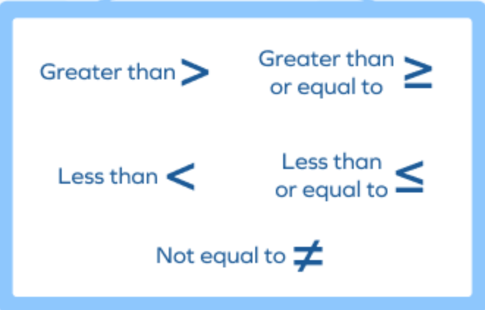
How do we solve algebraic inequalities?
We solve inequalities in the exact same way as equations — but equations have one answer, and an inequality has a range of solutions.
When calculating the values of the inequality, we have to pay attention to the direction of the inequality.
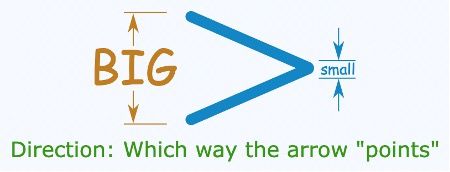
Did you know?
Remember that two values must be similar to one another for them to be either equal or unequal! Because apples and oranges are not the same, we cannot compare them.
There are rules to solving inequalities!
Let's look at the rules to solve algebraic inequalities using addition, subtraction, multiplication, and division.
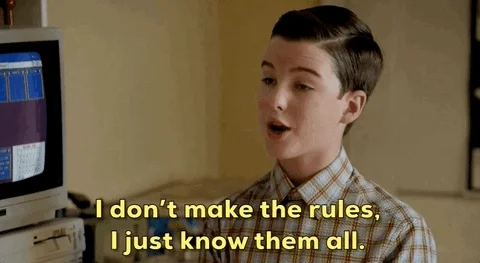
Let's start with algebraic inequalities using addition.
x + 9 is greater than or equal to 6.
x + 9 ≥ 6
If we're solving for x by itself, we want to get rid of that 9 next to it, so we subtract 9 from both sides.
x + 9 – 9 ≥ 6 – 9
This gives us our answer.
x is greater than or equal to negative 3.
x ≥ -3
Quiz
Express the car speed as an inequality: The speed limit is 30 miles per hour.
You can drive exactly 30 mph or less than 30 mph.
Ready for solving inequalities using subtractions?
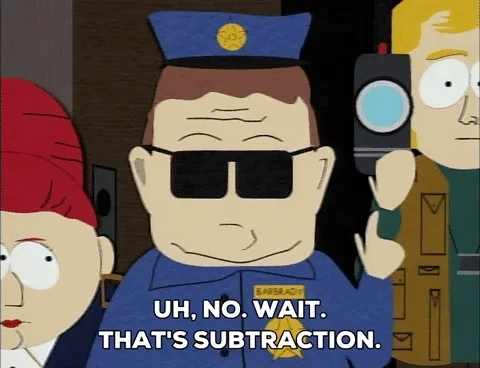
Here's an example:
x minus 4 is less than 8.
x – 4 < 8
First, we're going to add 4 to both sides.
x – 4 + 4 < 8 + 4
Then we simplify.
x < 12
It’s as simple as that!

Solving inequalities with multiplication and division
There's a special rule for multiplication and division.
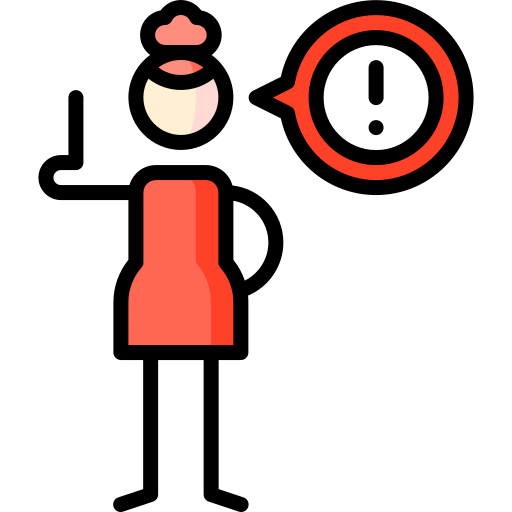
When you multiply or divide by a negative number, you have to flip your sign in the opposite direction.

If you are multiplying or dividing by a positive number, don’t worry about this step.
Let’s look at an example:
Negative 5x is greater than 15.
-5x > 15
To get x by itself, we need to divide both sides by negative 5.
Remember, since we are dividing by -5, we have to flip our inequality sign!
So x is less than negative 3.
x < -3
x over 7 is less than or equal to 4x.
x/7 ≤ 4x
For this inequality, we need to multiply both sides by 7.
When solving inequalities with multiplication and division, do we flip our sign?

No, we don’t have to since we're multiplying by a positive number.
We’ll multiply both sides by 7, and then we get x, which is less than or equal to 28.
7(x/7) ≤ (7) 4x
x ≤ 28
Think you've got this? Lets see!
 Photo by Tim Mossholder on Unsplash
Photo by Tim Mossholder on UnsplashSolving inequalities: question #1
The number X could be 8 or any number greater than 8.
How could we write this mathematically?
Select one of the following answers:
A: x ≥ 8 B: x = 8 C: x < 8 D: x ≤ 8
 The correct answer is: A
The correct answer is: A
Why? Inequality sign ≥ indicating greater or equal to
Solving inequalities: question #2
Raymond had 5 candy bars (x). Emily ate some of his candy bars. How many candy bars does Raymond have now?
How could write this mathematically?
Select one of the following answers:
A: x ≥ 5 B: x = 5 C: x < 5 D: x ≤ 5

The correct answer is: C
Why? Inequality sign < indicating less than
Solving inequalities: question #3
Solve the following inequality for y.
- 5y < 30
Select one of the following answers:
A: y < 6 B: y ≤ 6 C: y ≤ - 6 D: y < - 6
 The correct answer is: D
The correct answer is: D
Why? Divide both sides with -5 to get y on its own.
Combine everything you've learned to far
 Photo by Fabian Møller on Unsplash
Photo by Fabian Møller on UnsplashSolving inequalities: question #4
Solve the following inequality for y.
2y + 3 ≥ y – 7
Select one of the following answers:
A: 10 ≤ y B: -10 ≤ y C: y ≤ - 5 D: y < 5
The correct answer is: B
Did you get that last answer?

If not....let's give it a try together
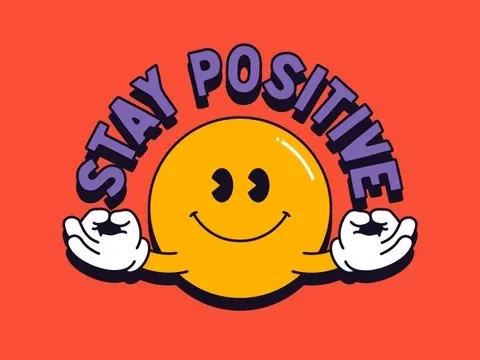
Add 7 to both ends of the equation:
2y + 3 + 7 ≥ y – 7 + 7 to get 2y + 10 ≥ y
Now, subtract 2y from each side:
2y - 2y + 10 ≥ y - 2y to get 10y ≥ -y
Divide by negative 1 and flip the sign to get your final answer:
-10 ≤ x

Let's try an everyday inequality problem:
Peter has $25 to buy nuts and berries.
Nuts cost $5 per kilogram. Peter buys 3 kilograms of nuts
Berries cost $7 for a kilogram. How many kilograms does Peter buy?
Which of the following inequalities can be used to find c? Choose your answer:
A. 15 + 7c ≥ 25
B. 15 + 7c ≤ 25
C. 5 + 7c ≥ 25
D. 5 + 7c ≤ 25
Quiz
Which of the above inequalities can be used to find c, the possible number of kilograms of berries Peter can buy?
The only inequality sign that can be used is ≤ as the total of the products can be equal to or less than $25. Peter bought 3 kg of nuts, so it has to be $5 x 3.
Take Action

You can see that solving inequalities in real life is very useful!
Need more exercises or examples?
Try these links.
This Byte has been authored by
Helouise Leith
Teacher, Post-Graduate Student
B.Consumer Science, PGCE
